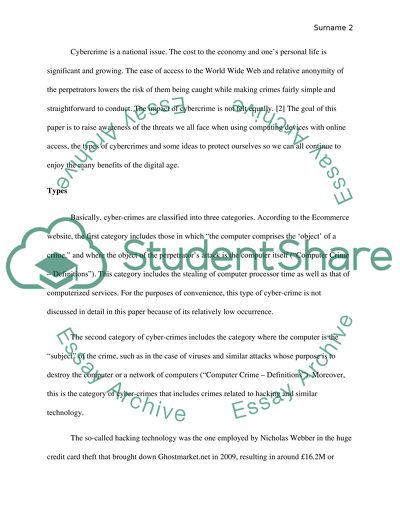Cite this document
(“Cyber-crime: Its History, Types, Methods and the Effects on Networks Research Paper”, n.d.)
Retrieved from https://studentshare.org/information-technology/1401390-cyber-crime-the-history-types-methods-and-the
Retrieved from https://studentshare.org/information-technology/1401390-cyber-crime-the-history-types-methods-and-the
(Cyber-Crime: Its History, Types, Methods and the Effects on Networks Research Paper)
https://studentshare.org/information-technology/1401390-cyber-crime-the-history-types-methods-and-the.
https://studentshare.org/information-technology/1401390-cyber-crime-the-history-types-methods-and-the.
“Cyber-Crime: Its History, Types, Methods and the Effects on Networks Research Paper”, n.d. https://studentshare.org/information-technology/1401390-cyber-crime-the-history-types-methods-and-the.


